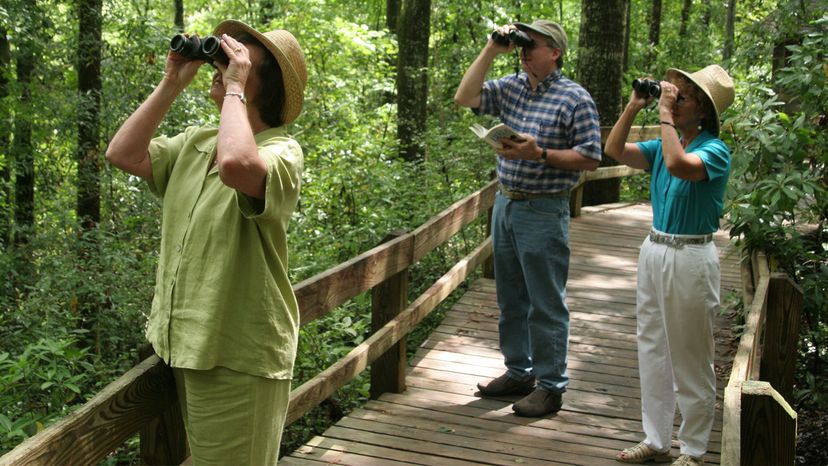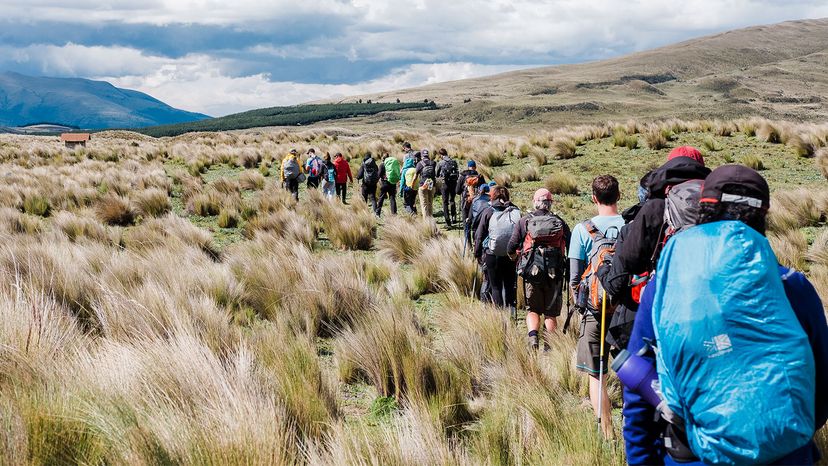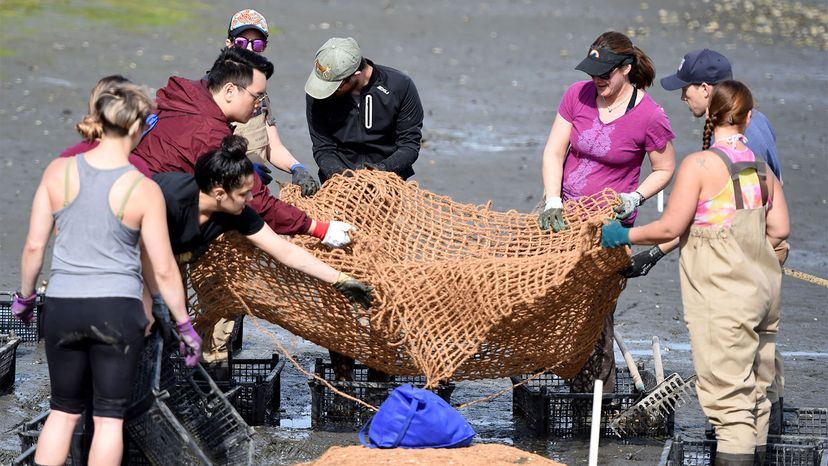
Modern society benefits when people understand science concepts. This knowledge helps explain how cryptocurrency works, why climate change is happening or how the coronavirus is transmitted from person to person.
Yet the average American spends less than 5 percent of their lifetime in classrooms learning about such topics. So, besides school, where else can people go to study and explore science?
Advertisement
Museums, zoos and libraries are certainly a great start. As a researcher of adult STEM education, I study less conventional ways for people of all ages to learn and participate in science.
Here are four alternative venues where the general public can enjoy nature, engage in hands-on science learning and get a behind-the-scenes look at scientific research in action.
Advertisement


